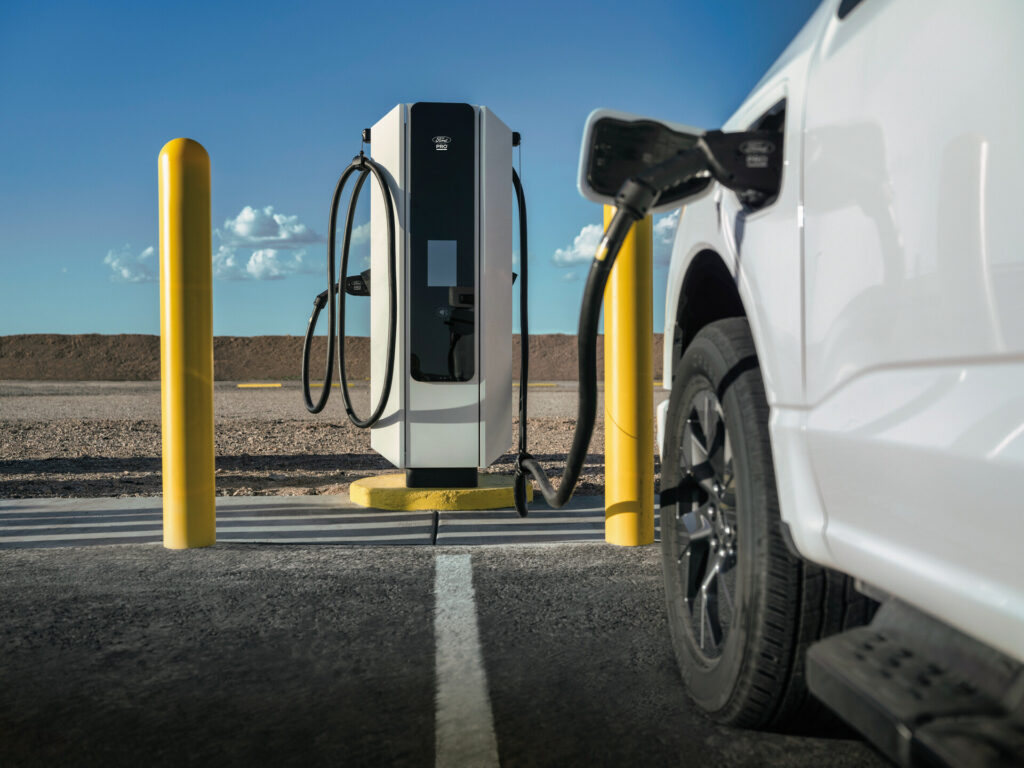- The number of publicly available EV chargers in the United States has doubled since early 2021.
- There are currently more than 192,000 public charging ports and around 1,000 are being added every week.
- The government recently announced $521 million in funding to add more than 9,200 new chargers.
The electric revolution has given way to a gradual transformation, but the groundwork is already being laid for the future. The Department of Energy recently highlighted this by noting the number of publicly available EV chargers has doubled since President Biden was inaugurated on January 20, 2021.
According to the government, there are now more than 192,000 publicly available charging ports in the United States and around 1,000 are being added every week. The Department of Energy credited the Bipartisan Infrastructure Law as aiding the buildout, which is helping to bring charging infrastructure to rural, suburban, and urban communities.
More: After Elon’s Supercharger Hissy Fit, Toyota Joins Ionna Charging Network Backed By Rivals
The law provided funding for a $2.5 billion Charging and Fueling Infrastructure Discretionary Grant Program. A big chunk of that money is now heading out as the Biden administration recently announced $521 million in grants to support projects in 29 states as well as the District of Columbia and a few tribal areas. This will result in more than 9,200 charging ports being added, which means each one will cost roughly $56,630 – although California’s West Coast Truck Charging and Fueling Corridor Project also includes a hydrogen component.
Speaking of the Golden State, they’re receiving over $149 million to support five different projects including one that will add Level 2 chargers to all BART managed parking facilities in the Bay Area. The County of Los Angeles is also getting $15 million in funding to install “18 DC fast chargers and 1,263 Level 2 chargers across 15 community facilities, four park and ride multi-modal transportation hubs, and at 1,000 curbside light poles.”
Besides California, funding is headed to projects in Arkansas, Arizona, Florida, Georgia, Iowa, Illinois, Indiana, Kansas, Louisiana, Massachusetts, Maryland, Michigan, Minnesota, Missouri, North Carolina, North Dakota, New York, Ohio, Oklahoma, Oregon, Pennsylvania, Road Island, Tennessee, Texas, Vermont, Washington, Wisconsin, and Wyoming.





